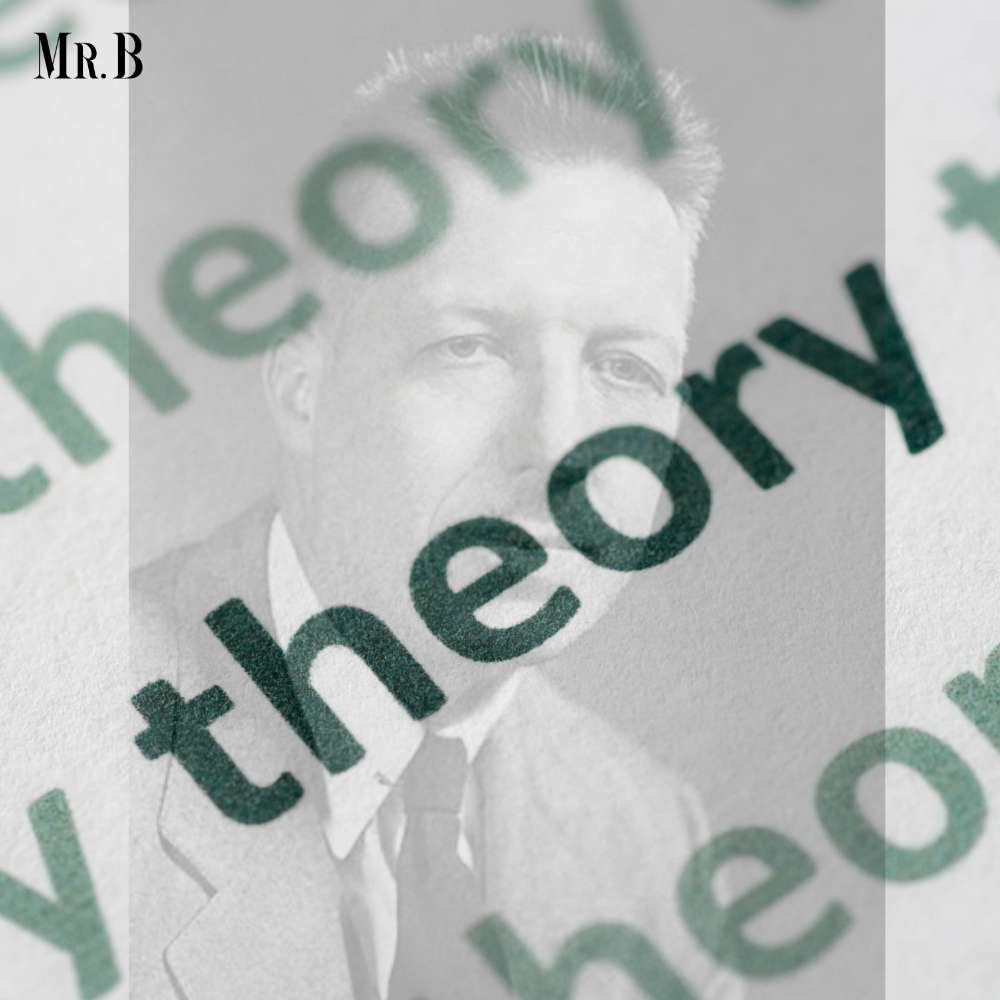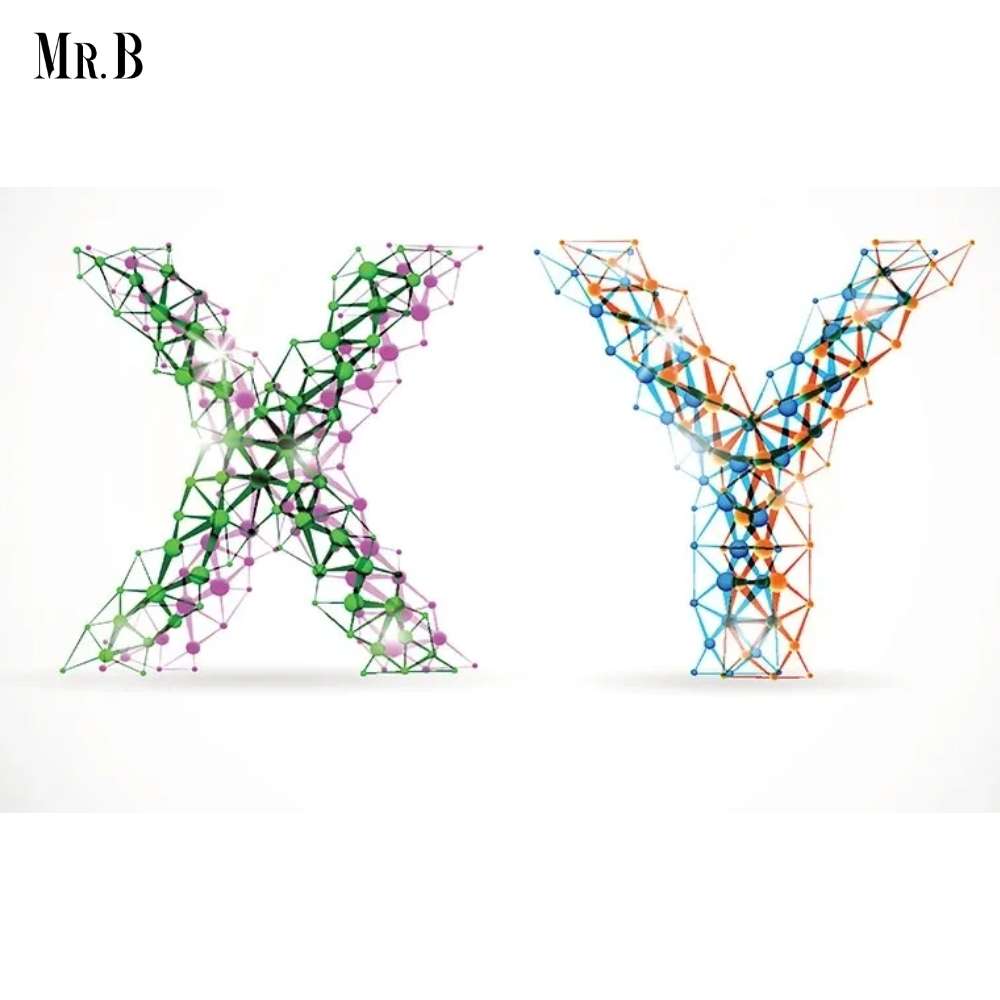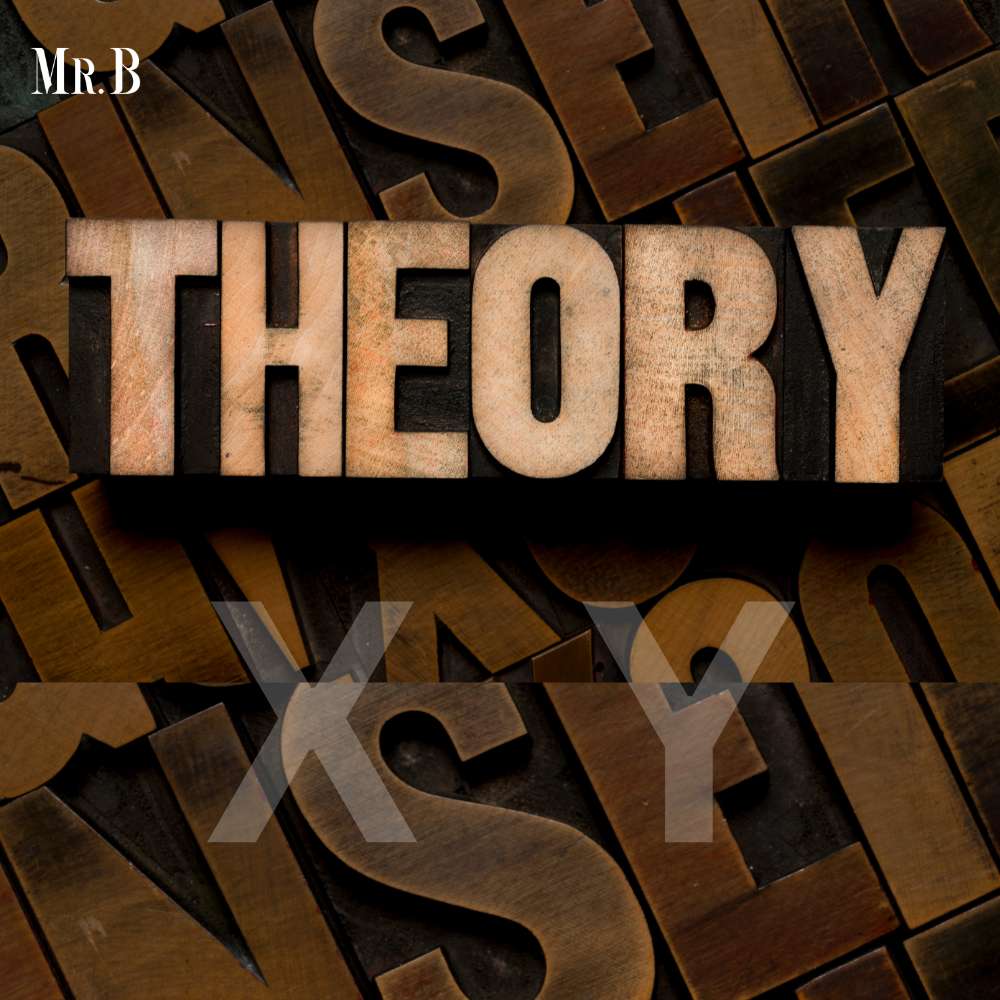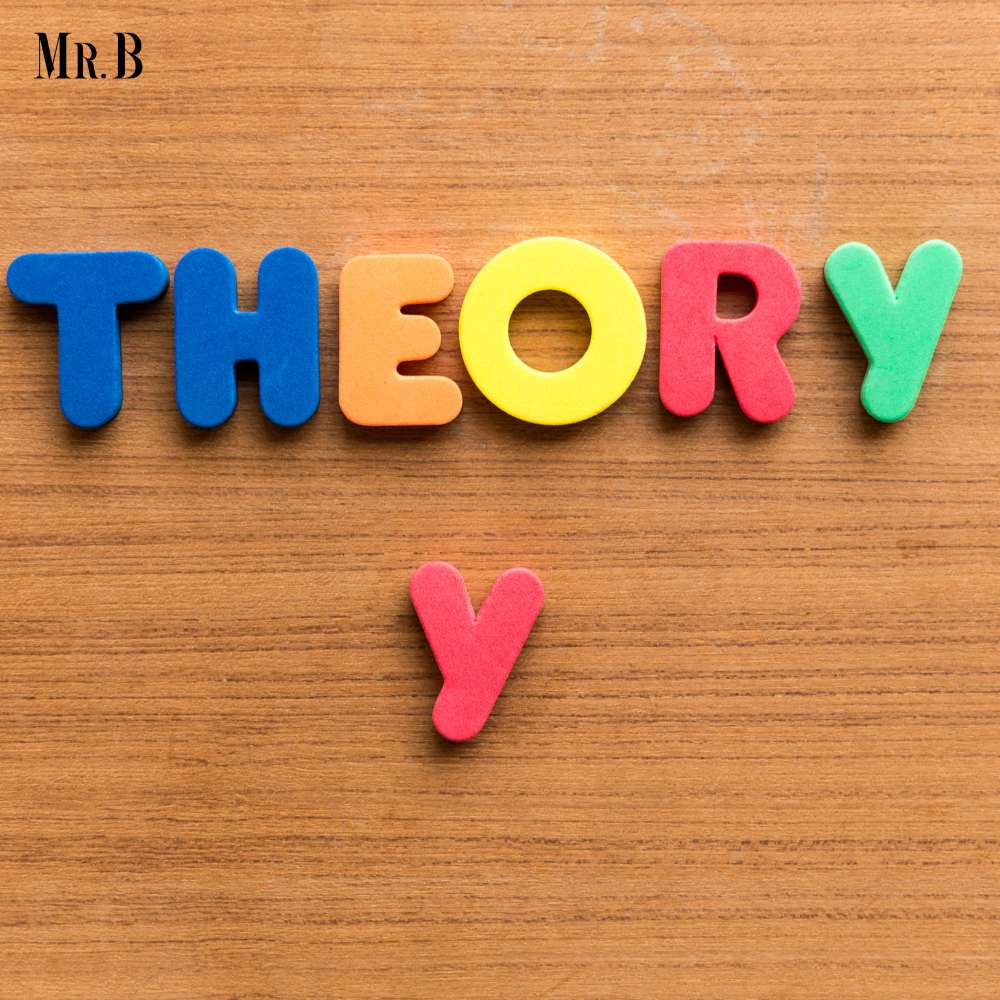Foundations of McGregor Theory X and Theory Y
- Category: Business

In the realm of organizational management, Douglas McGregor’s Theory X and Theory Y stand as cornerstones that have profoundly influenced leadership approaches and shaped corporate environments. Rooted in contrasting assumptions about human nature and motivation, these theories offer distinct perspectives on how managers perceive and interact with their teams. This article delves into the foundations of McGregor’s Theory X and Theory Y, exploring their key principles, their correlation with the corporate environment, and the historical importance that continues to resonate today.
Foundations of McGregor’s Theory X:
1. Pessimistic Assumptions about Employees:
- Theory X assumes that employees inherently dislike work and will avoid it whenever possible.
- McGregor posits that individuals lack ambition, prefer to be directed, and are inherently lazy.
2. Control and Coercion as Management Tools:
- In Theory X, managers believe that strict control, coercion, and threats are necessary to ensure productivity.
- The emphasis is on external motivation, such as punishment or rewards, to drive performance.
3. Limited Creativity and Innovation:
- McGregor’s Theory X presupposes that employees have little to no interest in creativity or innovation.
- Management is expected to closely supervise and micromanage tasks to maintain control.
Foundations of McGregor’s Theory Y:
1. Positive Assumptions about Employees:
- Theory Y posits that work is natural, and employees view it as a source of satisfaction and personal growth.
- McGregor believes individuals can exhibit self-direction, ambition, and creativity if given the opportunity.
2. Collaboration and Participation:
- In Theory Y, management encourages collaboration, participation, and involvement of employees in decision-making processes.
- There is a belief in the intrinsic motivation of individuals when given autonomy and responsibility.
3. Unleashing Creativity and Innovation:
- McGregor’s Theory Y holds that employees possess a natural inclination for creativity and innovation.
- Managers should provide a conducive environment that fosters creativity and allows individuals to contribute meaningfully.

Correlating McGregor Theory X and Theory Y with the Corporate Environment:
1. Theory X in the Corporate Arena:
- In organizations influenced by Theory X, a command-and-control structure prevails.
- Authoritarian leadership styles may dominate, with a focus on enforcing rules and regulations.
- Employee engagement initiatives might be driven by external motivators, such as bonuses or promotions.
2. Theory Y Transforming Corporate Culture:
- Organizations embracing Theory Y principles cultivate a culture of trust and collaboration.
- Leadership styles shift towards participative and transformational approaches, valuing employee input.
- Employee development and satisfaction become central to organizational success.
Detailed Comparison between McGregor’s Theory X and Theory Y:
1. View of Human Nature:
- Theory X: Assumes that employees are inherently lazy and avoid work.
- Theory Y: Believes in the inherent motivation and potential for growth within employees.
2. Managerial Approach:
- Theory X: Advocates for strict control, coercion, and external motivators.
- Theory Y: Encourages collaboration, participation, and intrinsic motivation.
3. Employee Creativity:
Theory X: Suggests limited interest in creativity and innovation.
Theory Y: Assumes employees have a natural inclination for creativity and innovation.
4. Leadership Style:
Theory X: May lead to autocratic leadership styles.
Theory Y: Favors participative and transformational leadership styles.

Historical Importance of McGregor’s Theory X and Theory Y:
- McGregor’s theories emerged during the mid-20th century, challenging traditional management views prevalent during that era.
- They contributed to a paradigm shift by emphasizing the importance of considering human factors in management practices.
- McGregor’s work laid the groundwork for later theories, shaping the evolution of leadership and organizational behavior studies.
Leadership Styles and McGregor’s Assumptions:
Alignment with Theory X:
- Authoritarian leaders may align with Theory X assumptions, employing control mechanisms and strict directives.
- Micromanagement may be prevalent in environments where Theory X principles are ingrained.
Alignment with Theory Y:
- Transformational and participative leaders align with Theory Y, emphasizing collaboration and intrinsic motivation.
- Trust-based leadership is fostered, empowering employees to contribute creatively and take ownership.
Characteristics of McGregor Theory X and Theory Y:
McGregor’s Theory X:
1. Pessimistic View of Human Nature:
- Assumes that individuals inherently dislike work and will avoid it whenever possible.
- Believes that most people prefer to be directed, want to avoid responsibility, and seek security over ambition.
2. Authoritarian Management Style:
- Advocates for a command-and-control management style.
- Enforces strict supervision and control mechanisms to ensure productivity.
3. External Motivation:
- Relies on external motivators such as rewards, punishment, and coercion.
- Believes employees need constant oversight and pressure to perform adequately.
4. Limited Creativity and Innovation:
- Holds the view that employees have little ambition and interest in creativity.
- Assumes that employees require detailed instructions and guidance for every task.
5. Micromanagement and Lack of Trust:
- Encourages micromanagement as a means of maintaining control.
- Reflects a lack of trust in employees’ abilities to perform without constant supervision.

McGregor’s Theory Y:
1. Positive View of Human Nature:
- Assumes that work is natural and can be a source of satisfaction.
- Believes individuals can be self-directed, ambitious, and creative.
2. Participative Management Style:
- Favors a participative and collaborative management style.
- Encourages involvement of employees in decision-making processes.
3. Intrinsic Motivation:
- Relies on intrinsic motivators, acknowledging that individuals can find satisfaction and motivation from the work itself.
- Assumes that employees can be self-motivated and seek responsibility.
4. Encourages Creativity and Innovation:
- Assumes that employees possess a natural inclination for creativity and innovation.
- Encourages a work environment that fosters and supports creative contributions.
5. Trust and Delegation:
- Builds trust in employees’ abilities and fosters a culture of delegation.
- Empowers employees to take ownership of their work and contribute meaningfully.
These characteristics encapsulate the fundamental differences between McGregor’s Theory X and Theory Y. While Theory X leans towards a more pessimistic and controlling view of employees, Theory Y adopts a positive and empowering perspective. Organizations aligning with Theory Y principles tend to foster collaborative cultures, promote employee development, and emphasize trust and autonomy.
Conclusion:
In the annals of management theory, McGregor’s Theory X and Theory Y have left an indelible mark on how leaders perceive and interact with their teams. The foundations of these theories, rooted in contrasting assumptions about human nature, continue to shape organizational dynamics. Understanding the historical importance, the correlation with the corporate environment, and the detailed comparison between Theory X and Theory Y provides a roadmap for contemporary leaders navigating the complex terrain of organizational leadership.







